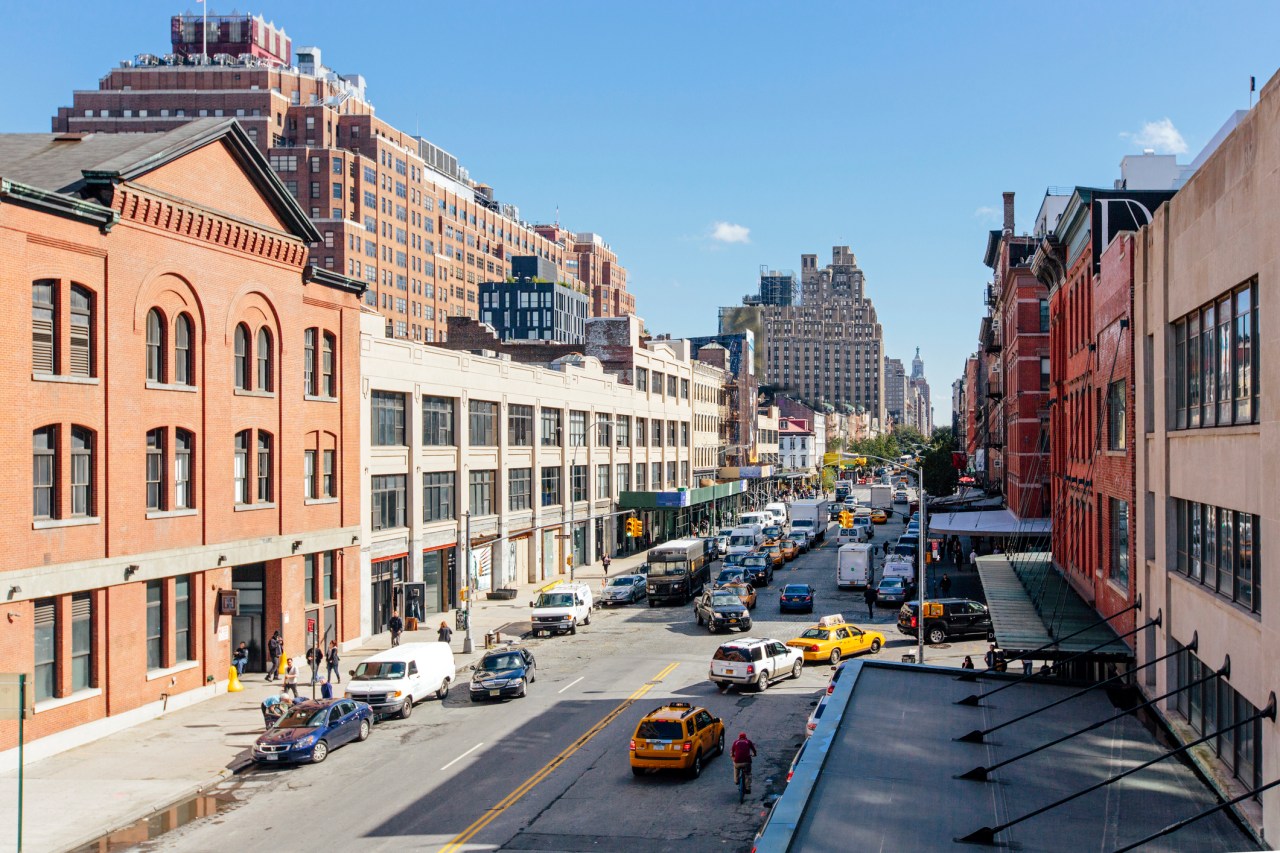As cities grapple with mounting challenges from the explosion of e-commerce, the need for innovative solutions to enhance urban mobility has never been more pressing. According to a report published in The New York Times, New York City was faced with an astounding 1.5 million daily package deliveries as of October 2019. Fast forward to today, and the global pandemic has accelerated this trend, bringing forth heightened traffic congestion, safety concerns, and immeasurable pollution in urban areas. The good news? Computer vision technology has emerged as an essential ally in transforming how cities navigate these pressing issues.
The Challenge of Urban Overcrowding
It’s evident that emerging trends in e-commerce have complicated urban mobility. The convenience of parcel delivery comes with a significant environmental and logistical burden, leading to gridlock on streets that were never designed to accommodate such an influx of traffic. The growing congestion puts public safety at risk and pollutes the precious air in densely populated areas.
Leveraging Computer Vision
To combat these challenges, computer vision technology offers promising solutions by harnessing data analytics and real-time imagery. For instance, using streetlight cameras to monitor curbside activities and street traffic allows cities to gather actionable insights without infringing on privacy rights. By adopting a privacy-by-design approach, technologies can effectively blur sensitive information before distributing data to city officials. This innovation doesn’t aim to spy on citizens; rather, its goal is to empower urban planners with real-time statistics that inform vital decisions related to curb management.
Data-Driven Insights for Urban Planning
One of the most effective aspects of computer vision technology is its ability to optimize parking and curb usage. According to studies, drivers in urban centers like New York City spend an average of 107 hours each year searching for parking. This wasted time, coupled with fuel emissions, amounts to significant losses for both individuals and the city. The deployment of computer vision can fundamentally reverse this trend.
- Improving Parking Turnover: By collecting data on parking demand, cities can design responsive parking policies that align with actual usage patterns.
- Effective Policy Implementation: Computer vision technology can help answer specific questions such as the frequency of ride-hailing drop-offs or which delivery vehicles violate parking regulations. This empowerment leads to more focused and impactful policy changes.
- Incentivizing Efficiency: Adjustments based on real-time data can facilitate smoother traffic flow and encourage delivery companies to increase their operational efficiency instead of incurring fines.
Benefits Beyond Just Management
Moreover, as cities strive for sustainability, this technology creates synergies beneficial for both city budgets and environmental goals. For instance, designated loading zones decrease double-parking violations significantly and reduce the time commercial vehicles linger curbside. This not only results in cost savings for delivery companies like FedEx and Amazon but also enhances the overall urban transport experience.
A Call to Action for Urban Innovation
The current socio-economic climate provides a critical opportunity for integrating computer vision into urban planning. As cities recover from the anticipated budget shortfalls exacerbated by the pandemic, investment in technology aimed at improving mobility should be a priority. Innovative methods like these provide a pathway toward healthier, more efficient urban environments.
Conclusion
In closing, the movement towards smarter city infrastructure pushes us towards adopting technology as a cornerstone for solving issues related to urban mobility. As we harness computer vision to reduce emissions and enhance safety, we must prioritize collaboration among private companies, local governments, and citizens to create more resilient cities. We have the potential to revolutionize the way we navigate our urban landscapes, making them not only more efficient but also healthier for everyone involved. At fxis.ai, we believe that such advancements are crucial for the future of AI, as they enable more comprehensive and effective solutions. Our team is continually exploring new methodologies to push the envelope in artificial intelligence, ensuring that our clients benefit from the latest technological innovations. For more insights, updates, or to collaborate on AI development projects, stay connected with fxis.ai.

